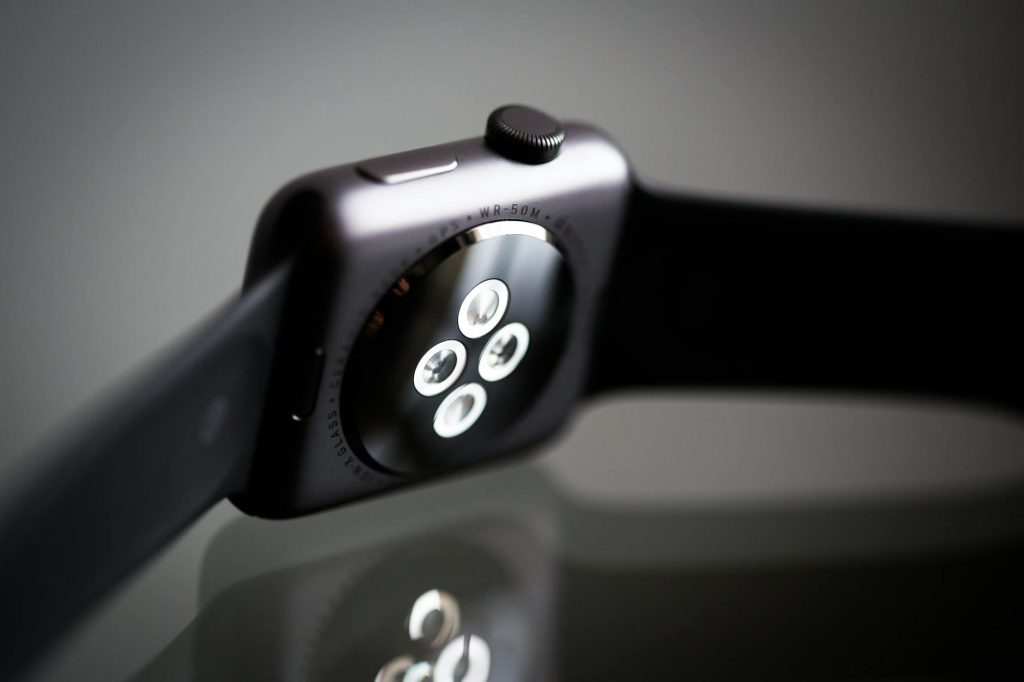When Your Wearable Becomes a Wellness Partner
Discover how wearable tech—like smartwatches and fitness trackers—is transforming employee wellness, boosting productivity, engagement, and well-being.

Photo by Torsten Dettlaff
In recent years, workplace wellness programs have often looked like yoga classes or step-count challenges. But the frontier is now wearable technology—devices that monitor your physiological state and deliver real-time insights. These have moved beyond the consumer gym enthusiast into the corporate setting, where employers (and employees themselves) are tracking metrics like stress, activity, sleep, and even posture.
This shift marks a new era: wellness data collected and acted upon—not just for record-keeping, but for prevention and performance.
Early workplace wellness focused on movement—counting steps, encouraging lunch-break walks. Wearables have broadened this to include heart-rate variability (HRV), a proven metric of stress and recovery. Research published in the Journal of Occupational Health Psychology demonstrates that lower HRV correlates with higher burnout risk (Meloni et al., 2021). By deploying wearables with HRV tracking, organizations can detect early stress symptoms and intervene proactively—offering rest, coaching, or schedule adjustments before crisis hits.
Staff turnover and absenteeism often trace back to sleep deprivation, which remains widespread—30% of working adults report fewer than six hours per night (National Sleep Foundation, 2023). Wearables that monitor sleep stages help individuals—and HR—to understand patterns. One multinational firm piloted sleep-tracking wristbands and offered personalized sleep coaching; participants reported a 15% increase in rested productivity within eight weeks (Sleep Health Journal, 2022). While anecdotal, the scale suggests potential organizational ROI: improved performance, fewer errors, sustained engagement.
Long hours at desks increasingly contribute to repetitive strain injuries. Wearables such as posture-correcting devices or vibration-reminder bands prompt intermittent movement or posture adjustments. A controlled study (University of California, 2022) found that workers using posture-tracking wearables reduced sedentary time by 25%, with reported back-pain incidence halved over three months. That translates to lower healthcare claims and fewer lost days—not to mention healthier, more focused staff.
Unlike top-down mandates (“take the stairs more”), wearables tailor recommendations to individual baselines. A high-stress executive may benefit from breathing exercises suggested when HRV dips, while a fatigued frontline worker might be encouraged to rest based on sleep and activity data. Behavioural nudges—such as pop-up reminders to stand or hydrate—are more effective when timed individually than when generic. Smart algorithms can also detect early burnout patterns and trigger timely interventions, reducing burnout-related turnover.
All this potential hinges on trust. Wellness wearables generate intimate data—heart rate, movement, sleep, and sometimes location. Without airtight privacy protections, policies could backfire, breeding suspicion. Clear boundaries are essential: data must be anonymised or individually owned, insights used only with consent, and actions reframed as supportive rather than disciplinary.
Leading companies publish transparent policies—for example, “wearables optional, data aggregated, no individual alerts.” That’s not compliance theatre; it’s trust-building, and plays a critical role in uptake and impact.
Wearables offer tangible benefits, including fewer sick days, lower medical costs, and increased productivity. However, their value also lies in softer outcomes: demonstrating to employees that their well-being matters, fostering a resilient culture, and providing modern, tech-enabled support that reinforces purpose and engagement. In organisations with high turnover, standout wellness experiences can differentiate the employer brand.
Meloni, M., et al. (2021). Heart Rate Variability and Burnout Risk: A Longitudinal Analysis. Journal of Occupational Health Psychology, 26(2), 100–110. Available: https://doi.org/10.1037/ocp0000268
National Sleep Foundation. (2023). Sleep in America Poll. Retrieved from https://www.sleepfoundation.org/press-release/2023-sleep-in-america-poll
Stanford-affiliated Sleep Health Journal. (2022). Improving Sleep Quality in Shift Workers through Wearable Coaching. Retrieved from https://sleephealth.stanford.edu/article/shift-worker-sleep-coaching-pilot
University of California Ergonomics Lab. (2022). Posture Wearables Reduce Musculoskeletal Complaints. Retrieved from https://ergo.uc.edu/posture-wearable-study-2022
World Economic Forum. (2023). Future of Jobs Report 2025. (Context around workplace wellness trends.) Retrieved from https://www.weforum.org/reports/the-future-of-jobs-report-2025



